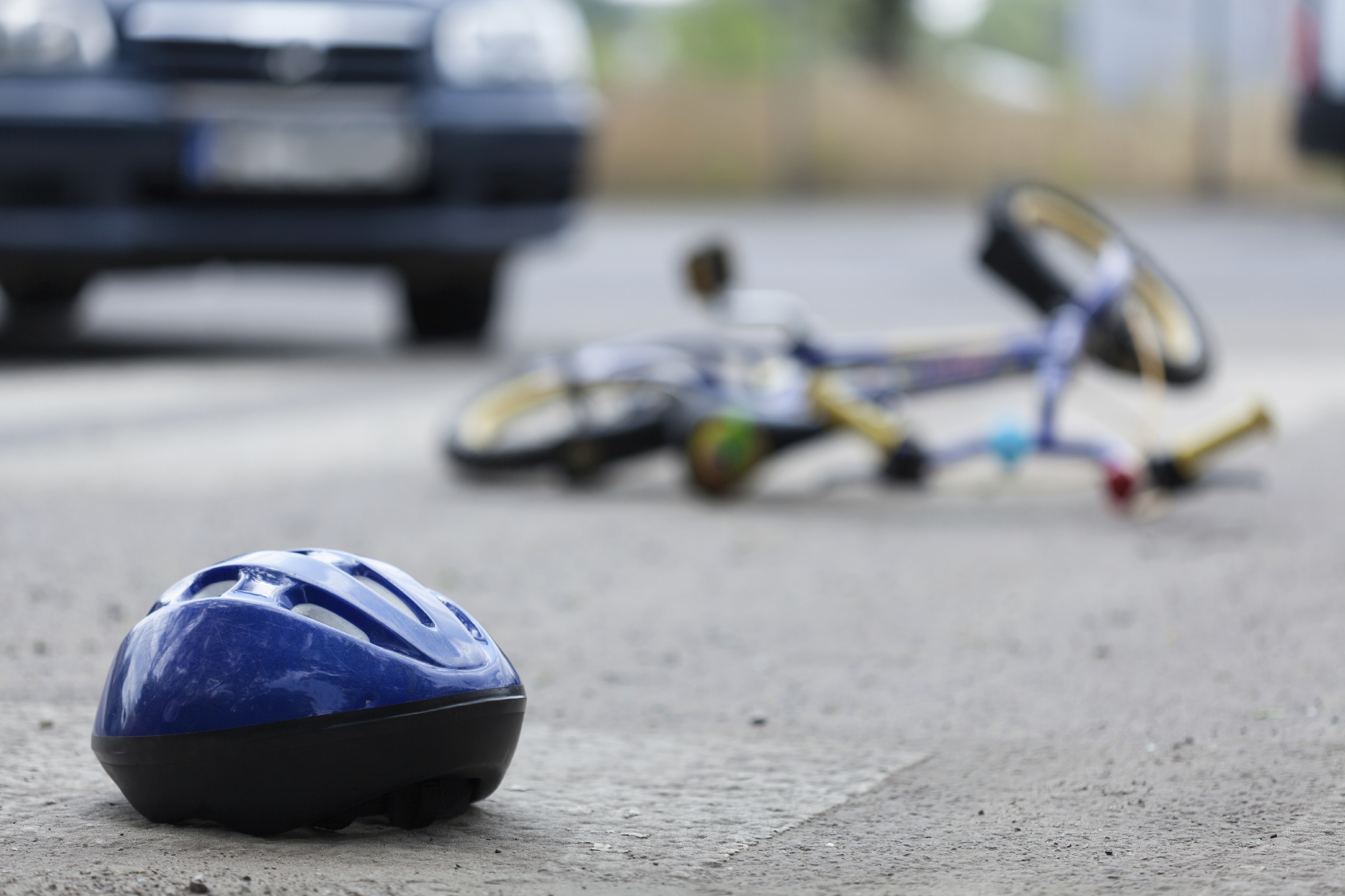A fatal accident between a bicyclist and a tractor-trailer in Cambridge’s Harvard Square on August 18, 2020, is leading to the implementation of new safety measures within the square and surrounding areas. The cyclist involved in the accident was in his 50s. The accident occurred near the Out of Town News kiosk in the square, the same location as another fatality in 2019. This is at least the third such cyclist fatality in Harvard Square since 2015.
Changes had been planned to Harvard Square since another fatality in 2019. At that time, pedestrian Sharon Hammer, died when struck and killed by a boom truck driver in the same vicinity. Harvard Square is a vibrant pedestrian and cyclist area. Recent events have seen a rise in the number of heavy vehicles within the square, increasing the level of danger to cyclists. The 2019 plans were postponed because of the onset of the Coronavirus pandemic.
Planned Changes Will Unfold Soon
Planned changes include a protected bike lane. The lane will run on Massachusetts Avenue from Dunster Street towards Church Street. The plans also include a reduction in the number of vehicular lanes on Massachusetts Avenue, from 2 to 1 lane in each direction. These changes will occur quickly, within the span of several weeks. Quick-build construction materials will be used to construct a new protected bike lane. Protected bike lanes are separated both from pedestrians and from vehicular traffic.
Cambridge has long used painted bike lanes which did little to protect a cyclist from impact with parked cars or from injury when a driver opened their door in the path of the cyclist. Cambridge cycling groups have long advocated for an interconnected network of protected bike lanes that would make cycling a safe, healthy and affordable option for everyone.
A recent study from the Harvard School of Public Health concluded that protected bike lanes improve safety by crucially providing a physical separation from fast-moving vehicular traffic and by providing better intersection design to avoid conflicts between cyclists and motor vehicles.
Cambridge’s Bike Plan: Moving the Community Forward
Cambridge is one of the most bike-friendly cities in the U.S. To further that vision, in early 2015 Cambridge had released its city Bike Plan. The Bike Plan promised to move the community toward the goal of making all its streets bike friendly. Cambridge continues to move its community toward increased cycling and away from cars as a mode of transport. It is hoped that bike trips will be able to replace many routine car trips in the area.
Cambridge’s Vision for the Future
In 2019, seeking to emulate the Dutch style of city bicycling, Cambridge passed the Cycling Safety Ordinance. In the Netherlands, city cycling is often the major mode of city transport. The Netherlands has achieved this through the use of an interconnected system of bike paths, protected intersections, and ample bicycle parking.
The Cambridge ordinance requires the city to build protected bike lanes on streets that are being reconstructed if those streets were part of the city’s planned network of bicycle lanes. Before the pandemic, Cambridge had been updating bike lanes, adding flexible posts. These posts provide a buffer between the cyclist and the street. Plans for Harvard Square included reducing vehicular lanes and adding protected bike lanes. Plans halted with the onset of Covid-19.
Despite the ongoing pandemic, public officials feel that public safety requires action now. Plans for protected bike lanes have now been fast-tracked and changes are beginning. Vehicular traffic will be limited now to one lane in each direction in Harvard Square. Bike safety issues have strong public support in the community.
It is hoped that these changes will better protect pedestrians and cyclists in the short term and that these changes will herald the building of protected bike lanes throughout the city.


